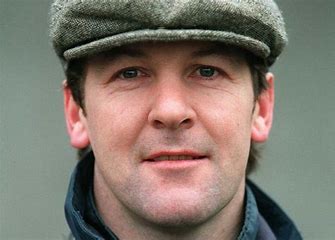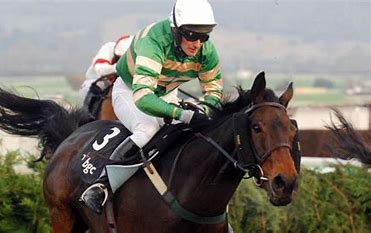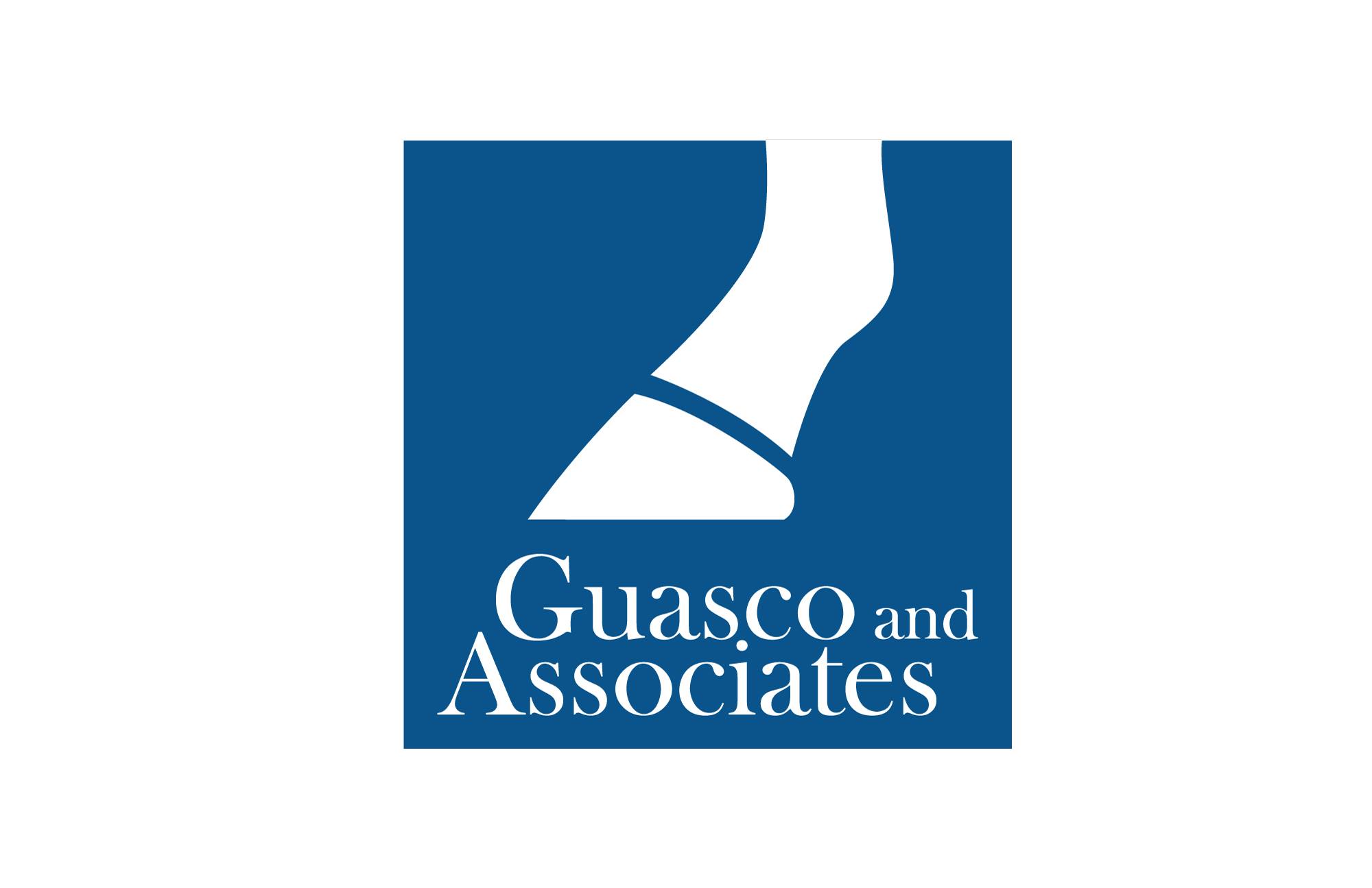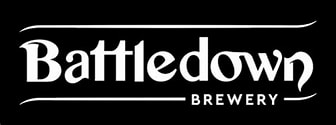Latest News
Cross country race plays to Pointing's roots in every aspect
Today’s 25th anniversary of the first cross country chase at Cheltenham brought back a host of memories about a race that is unique in Britain at any rate to Cheltenham. And given the state of racing’s finances now, I doubt the idea would have got off the drawing board now. I’m pleased to say I was closely involved throughout the race’s development.
Back in the early nineties, I was a fresh-faced enthusiast fulfilling minor management duties at Cheltenham and Warwick under the innovative Edward Gillespie. Cheltenham had been in the vanguard of preparations for the first racing permitted on a Sunday in the UK, although betting was not permitted in time for the first trial events in 1992. Instead, Cheltenham aspired to put on a good quality card with some innovative races. The result of that first Sunday at the November fixture was a valuable Coral Elite Hurdle won by later Champion Hurdler Morley Street, and the grandly titled Sunday Express World Jump Jockeys Team Challenge Handicap Hurdle.
At that time my holidays were spent on a bicycle in France, and a favourite haunt became Les Trois Glorieuses, three days of high quality mixed racing at Craon, in Western France, not far from Angers, featuring le Grand Cross de Craon. Make no mistake, this is racing country, with lots of small rural courses, and a burgeoning training centre at Sennones nearby. One G Macaire was President of the Société in charge of the course.
I like to think some of that enthusiasm rubbed off on Gillespie, on the hunt for a unique element around which to build Sunday at Cheltenham. And in Compton Hellyer, enthusiastic owner, entrepreneur and raceday steward, he found a like-minded soul. Together they hatched a plan to design and build a cross country course at Cheltenham, and bring the unique banks flavour of Punchestown and the Continent to HQ. The Cheltenham Board, with considerable autonomy from JCR in London, acquiesced with alacrity.
The idea took 3 years to gestate, which is as well as Sunday racing with betting had to wait that long until 1995 to be made legal. Hellyer’s firm, Sporting Index, fronted up £100,000 to allow the course to be built by Mike Heaton-Ellis and course builders Willis Bros, more familiar with Badminton than Cheltenham.
The first running was more a matter of interest than great betting energy. The media story would have been a victory for the sponsor-owned Docklands Express, who just 18 months prior, had won the Mildmay at Aintree, but that he was on the downgrade was proved by the victory of MacGregor The Third, a modest Gordon Richards handicapper, who took control of the race readily from the tenth fence and stayed on to win easily by 15l. The highest rated horse in the race was 124, with a majority under 100, and only 7 finished. The only other horse of note, It’s a Snip, trained by Charlie Mann, had won the Pardubice Chase on his previous run, and with a few notable exceptions, the race was ignored by the established trainers as a quirky indulgence.
Compare that to today’s race over the same course, where the lowest rated horse is 145, the highest 171 to get some indication of how far the race has grown in status.
When Macgregor The Third returned to an equally facile victory in 1996, the naysayers spoke out in force, but the race redeemed itself in 1997, when with a switch of date to Countryside Day on the Friday, Ireland’s king of the banks, Enda Bolger scooped the first of his 19 cross country wins at Cheltenham with Fiftysevenchannels by a neck from the Czech challenger Peruan, ridden by Viktor Snitkovskij.

Another Irish trainer got the winning habit in 1998 when Tony Martin’s Linden’s Lotto beat the previous year’s winner 5l. The same horse won again in 1999, beating Paul Nicholls’ first runner in the race. The winner was rated 132.
Kim Bailey, who had been an advocate of the race by dint of association with Compton Hellyer, won with Supreme Charm in Millennium year, whilst in 2001, there were two winners, when an additional race – a handicap rather than a Conditions race, was added to the December fixture a month later. The genre was building a momentum of its own.
2002 proved another year of drama. November’s race was won again by a Bailey horse, Famfoni, bought specifically for the race, whilst Ferdy Murphy clocked a second winner in December with The Quads in a race where 3 of the 8 finishers were disqualified for taking the wrong course.
The exceptionally dry autumn in 2003 coincided with a new sponsor for the then-called Open Meeting in Paddy Power, and the two autumn cross country races were aborted, but 2004 introduced a new star of the cross country firmament, Spot Thedifference.
Spot Thedifference had run a distant 5th to Earthmover in the previous season’s Cheltenham Foxhunter, but showed his liking for the unorthodox when running a good race in 5th in Amberleigh House’s 2004 Grand National. He’d shown his liking for banks races at the same season’s Punchestown, winning the La Touche.
His total of seven victories over the course between autumn 2004 and 3 years later is unlikely to be equalled soon. Of course, it was assisted by the introduction of a cross country race – a handicap – when the Festival was extended to four days in 2005. Yet it was age that finally reeled him in, not weight in the two handicap races of the genre. In none of his Cheltenham races did he carry less than 11st 8lbs, and most often ran off top weight four lbs higher.
Spot Thedifference’s reign continued through autumn 2007, although the race changed sponsor to BGC Partners, fronted at that time by former cricketer Graham Cowdray, who sadly died this week. Tony Martin was back for more in December, when the victory of his Wonderkid coincided with a massive investment from Irish bookie Boylesports into the newly branded International fixture.

A new sponsor was in place again by the autumn of 2008, and there’s a story behind what is now a long-running sponsorship. The late Charles Hamer, whose family offered up the National Hunt Challenge Cup to the Festival, represented an emerging whisky brand in the on-trade: Glenfarclas. Charles was an old school racing purist; he loathed the idea of the cross country, especially its inclusion in the Festival, but he bought into the logic of the exposure owning the genre of cross country could achieve for Glenfarclas, swallowed his pride, and made it part of an effort that took the brand into retail parallel to their on-trade presence. It’s good to hear they have extended their involvement yet again this month – testament to a well -fitting sponsorship.
The 2008-9 and following seasons became an Irish benefit, with Paul Nolan winning November’s race, Enda Bolger December and March with Garde Champetre, now a five time winner, and Michael Hourigan getting in on the act too.
Garde Champetre is another exemplar of the cross country genre. In 12 runs over Cheltenham’s cross country fences, after falling in his first race, he finished out of the first two just twice. And in case you hadn’t realized by now, the cross country is a course for specialists.

Before Friday’s race, three other horses are especially notable in the recent history of cross country racing at Cheltenham. The first was the emergence of a home grown cross country champion in Philip Hobbs’ Balthazar King. Winner of the 2012 Festival race, the King’s Theatre gelding had to wait 18 months before cementing a November handicap win when beating another dual winner, Uncle Junior of Willie Mullins. He returned successful once again in the Festival race, his fourth cross country race victory at Cheltenham.

In the 2015-16 season, the Festival race was changed from a Handicap to a Weight for Age chase, a reflection of the status of the race as a championship for cross country horses. The lowest rated horse that year was 138. The subsequent November’s race became a Handicap. The switch proved very satisfactory for Enda Bolger, who sent over Josies Orders for a clean sweep of the 2015-16 cross country races. Josies Orders wasn’t a one season wonder either, winning the November handicap again in 2018, between which Bolger had flushed out another winner in Cantlow.
The Festival race became a useful prep for Tiger Roll for the National in 2018 and 2019, being the third and fourth Festival victories for a racing star that has the speed to win a Triumph Hurdle and the stamina to win the National Hunt Chase, cross country and 2 Grand Nationals.
The cross country is a race that plays to the sensitivities of National Hunt fans. It’s a race for course and distance winners; horses that appreciate the switchback course and differing obstacles will often win many times over, whilst the quirky nature of the race has largely been defrayed nowadays by the sheer quality of the competition. In Easysland’s most recent Festival victory, the average handicap rating of all 14 runners was 143.
Above all, the race appeals as a throwback to the origins of the sport that have largely been lost, in the UK at least. Cross country racing, whilst still thriving on the Continent, from Italy to Belgium, only manifests itself here in the UK through the races at Cheltenham and through the sport of Team Chasing, which by definition, is closer to eventing than to racing. And given constraints on racecourse investment, not to mention space, the creation of a second cross country course in the UK is improbable.
It’s an appeal that Point-to-Point racing would do well to address. If we are simply to become a lower tier of professional racing, there is no distinction between the two codes. Yet each has its own following; the unique ambiance of pop-up racing sets it apart from its grander cousin, and the addition of cross country would do much to enhance that whilst potentially drawing a wider horse population too.
Whichever way you look at it, cross country racing adds to the unique challenge of Cheltenham in a way no other course in this country at least can match.
Event details
Buy your tickets nowOur Sponsors








.png)









